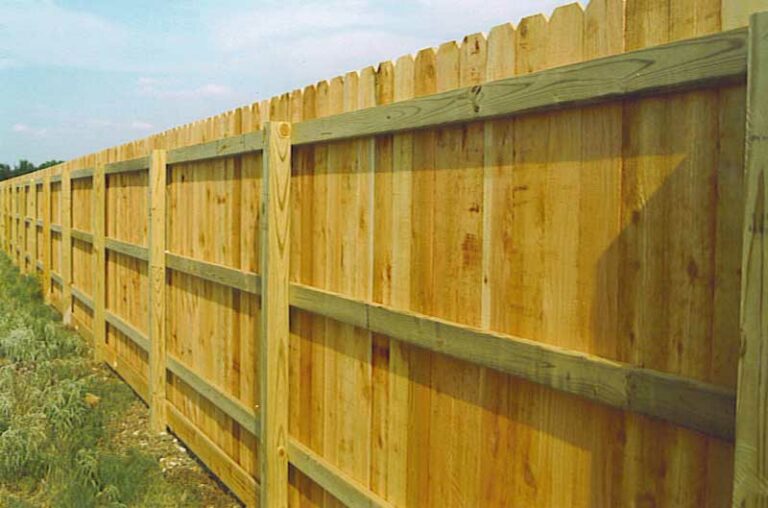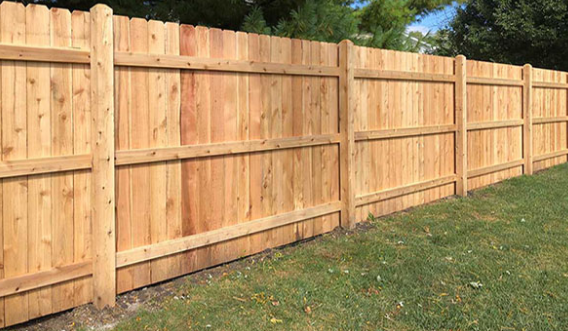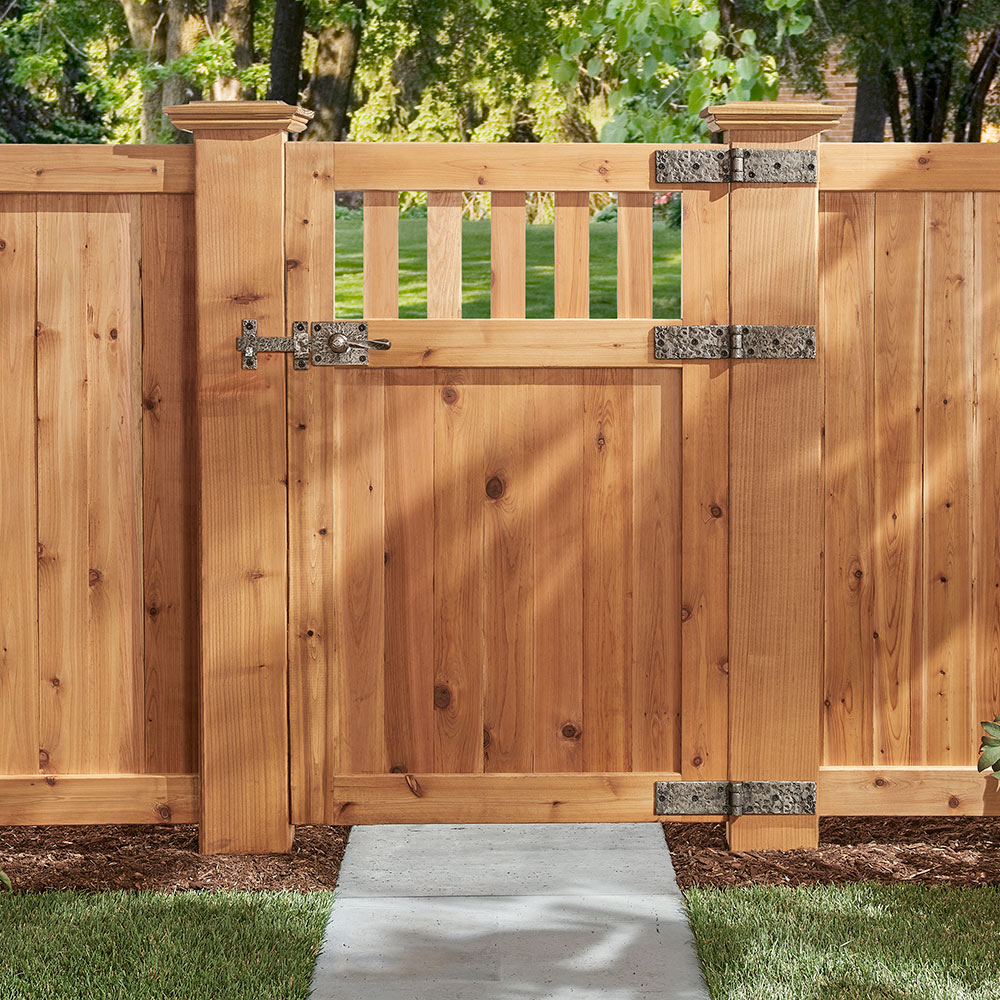Reliable Wood Fence Contractors Fort Smith AR: Customized Fencing Options for Your Home
Reliable Wood Fence Contractors Fort Smith AR: Customized Fencing Options for Your Home
Blog Article
Step-by-Step Guide to Setting Up a Timber Fencing for Your Home or Residential Property
Setting up a timber fence can dramatically enhance both the capability and aesthetic appeal of your residential property. Recognizing these steps not only makes certain a tough installation but additionally contributes to long-lasting fulfillment.
Planning Your Fencing Installation
When getting started on the setup of a wood fence, cautious planning is necessary to ensure a successful outcome. Begin by evaluating the purpose of the fence-- whether it is for personal privacy, protection, or visual appeals-- because this will affect the style and format. Next, examine the building lines, making sure to confirm the borders through a study or title deed to avoid disagreements with neighbors.
Take into consideration local zoning legislations and homeowners' organization standards, as these might dictate fencing height, style, and products. It is suggested to get the required authorizations before beginning job, as this can prevent lawful problems later.
In addition, take into account the terrain and soil problems of your property. Irregular ground might require added changes throughout installation, while rough soil may demand customized devices.
Last but not least, create a thorough plan that includes dimensions, the variety of messages, and the spacing in between them. A clear format will help with the installation procedure and make certain that you have all needed materials on hand. By sticking to these preparation steps, you can set a strong foundation for a successful wood fencing installment.
Picking the Right Products
Selecting the ideal materials for your timber fence is important to guaranteeing toughness and aesthetic charm. One of the most typical sorts of wood used for secure fencing include cedar, redwood, and pressure-treated pine. Cedar and redwood are normally immune to degeneration and insects, making them outstanding choices for durability. Their abundant shades and natural grain patterns likewise boost the visual charm of your building.
Pressure-treated ache is another prominent option, as it is commonly much more budget-friendly. Nevertheless, it requires routine maintenance and therapy to prolong its life-span. When selecting timber, consider the climate of your region; for instance, locations with high humidity might gain from timber species with higher resistance to moisture.
Additionally, you ought to examine the fence style and objective. A picket fence might require various material specifications compared to a privacy fence. Go with thicker boards for structural integrity, specifically in high-wind areas. Take into consideration the coating; untreated timber may call for staining or sealing to protect versus weather aspects. By meticulously selecting your products, you can ensure that your wood fence will stand the test of time while enhancing your home's landscape.
Preparing the Setup Site

Preparing the setup site is an important action in making certain the successful building of your timber fencing. Correct prep work not only assists in a smoother installment procedure but likewise adds to the durability and security of the fence.

If your website has irregular ground, consider leveling it or readjusting your try here fencing style appropriately. This is essential to prevent damages throughout setup and guarantee safety.
Installing the Fence Blog Posts

Next, dig holes for each article, guaranteeing they are deep enough-- typically one-third the height of the article over ground-- to provide stability. A deepness of at the very least 2 feet is a good idea for a lot of fencings. The diameter of the openings need to be about 3 times the size of the posts.
Once your openings prepare, place each message upright into the designated opening. Utilize a degree to ensure they are plumb, readjusting as needed. After positioning, fill up the openings with concrete mix or jam-packed soil for added support. Enable the concrete to heal as per the maker's directions, usually 24 to 48 hours. Appropriately mounted messages are crucial for keeping the structural stability of the fencing, ensuring it stays upright and secure against environmental stress and anxieties.

Including Fence Panels and Completing Touches
As soon as the fence posts are official website safely established, the next action involves attaching the fence panels, which will define the limits of your residential or commercial property. Begin by positioning each panel in between the blog posts, ensuring they are degree and aligned. Make use of a level tool to inspect that the panels are directly; this will certainly make certain an expert surface. For ideal security, protected each panel to the blog posts using galvanized screws or nails, which withstand rust and corrosion.
After all panels are affixed, examine the whole fencing for any type of spaces or imbalances. Make adjustments as needed to ensure an uniform appearance.
Furthermore, applying a protective stain or sealant will boost the wood's resilience versus weather condition elements, prolonging the life of your fencing. Select a shade that complements your home and landscape for a visually pleasing look. Check regional laws for any required maintenance or updates to guarantee conformity with area requirements. With these actions, your timber fence will not just offer its function properly yet likewise enhance the overall appeal of your residential or commercial property.
Final Thought
In final thought, the effective installation of a wood fence requires cautious preparation, choice of proper materials, thorough website preparation, and precise execution of installment techniques. Appropriate maintenance post-installation even more prolongs the life and appearance of the timber fence.
When embarking on the installment of a wood fencing, mindful planning is necessary to make sure an effective result.Choosing the proper materials for your timber fence is vital to making certain longevity and visual appeal. A picket fencing may need different product specifications compared to a privacy fencing.With the setup site correctly prepared, the next step includes establishing the fencing messages, which serve as the foundation of your timber fencing.When the fence blog posts are safely set, the next step entails connecting the fencing panels, which will certainly define the boundaries of your home.
Report this page